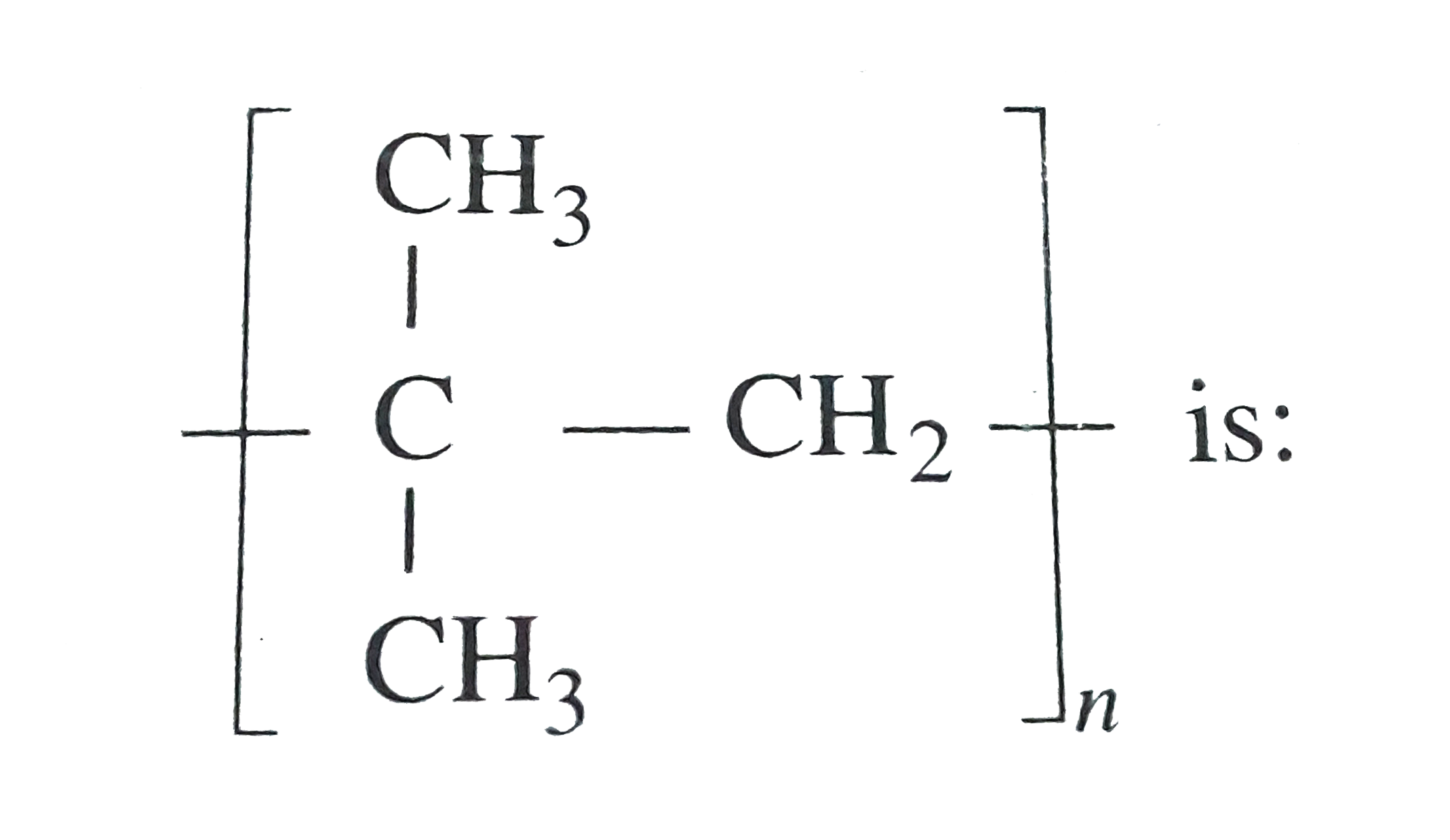Polysaccharide monomers are linked by
Peptide bonds
Glycosidic bonds
Hydrogen bonds
Phosphodiester bonds.
The correct Answer is:B
To answer the question "Polysaccharide monomers are linked by," we will analyze the options provided and understand the structure of polysaccharides.
1. Understanding Polysaccharides:
- Polysaccharides are large molecules made up of repeated monomer units called monosaccharides. Examples of monosaccharides include glucose, fructose, and galactose.
2. Identifying the Bond Type:
- The question asks how these monosaccharide units are linked together in a polysaccharide.
- The options provided are:
- Peptide bonds
- Glycosidic bonds
- Hydrogen bonds
- Phosphodiester bonds
3. Analyzing Each Bond Type:
- Peptide Bonds: These bonds link amino acids together to form proteins. Therefore, they are not relevant to polysaccharides.
- Glycosidic Bonds: These are the bonds that connect monosaccharides to form polysaccharides. For example, in starch, glucose units are linked by glycosidic bonds.
- Hydrogen Bonds: These are weak attractions that can occur between molecules, such as between nitrogenous bases in DNA, but they do not link monosaccharides in polysaccharides.
- Phosphodiester Bonds: These bonds link nucleotides in nucleic acids (like DNA and RNA) and are not involved in polysaccharide formation.
4. Conclusion:
- The correct answer is that polysaccharide monomers are linked by glycosidic bonds.
Final Answer:
Polysaccharide monomers are linked by glycosidic bonds.
---
- Polysaccharides are large molecules made up of repeated monomer units called monosaccharides. Examples of monosaccharides include glucose, fructose, and galactose.
- The question asks how these monosaccharide units are linked together in a polysaccharide.
- The options provided are:
- Peptide bonds
- Glycosidic bonds
- Hydrogen bonds
- Phosphodiester bonds
- Peptide Bonds: These bonds link amino acids together to form proteins. Therefore, they are not relevant to polysaccharides.
- Glycosidic Bonds: These are the bonds that connect monosaccharides to form polysaccharides. For example, in starch, glucose units are linked by glycosidic bonds.
- Hydrogen Bonds: These are weak attractions that can occur between molecules, such as between nitrogenous bases in DNA, but they do not link monosaccharides in polysaccharides.
- Phosphodiester Bonds: These bonds link nucleotides in nucleic acids (like DNA and RNA) and are not involved in polysaccharide formation.
- The correct answer is that polysaccharide monomers are linked by glycosidic bonds.
Polysaccharide monomers are linked by glycosidic bonds.
Topper's Solved these Questions
- MOLECULES OF THE CELLBOOK - DINESH PUBLICATION ENGLISHCHAPTER - MOLECULES OF THE CELLEXERCISE - CYG
43 Videos
- MOLECULES OF THE CELLBOOK - DINESH PUBLICATION ENGLISHCHAPTER - MOLECULES OF THE CELLEXERCISE - CYG
43 Videos
- MICROBES IN HUMAN WELFAREBOOK - DINESH PUBLICATION ENGLISHCHAPTER - MICROBES IN HUMAN WELFAREEXERCISE - Brain Teasers-VIII
60 Videos
- MOLLUSCABOOK - DINESH PUBLICATION ENGLISHCHAPTER - MOLLUSCAEXERCISE - CYG
10 Videos
Similar Questions
Knowledge Check
Assertion : Polysaccharides are called non-sugars.
Reason : Carbohydrates which yield a large number of monosaccharide units on hydrolysis are called polysaccharides.AIf both assertion and reason are true and reason is the correct explanation of assertion.BIf both assertion and reason are true but reason is not the correct explanation of assertion.CIf assertion is true but reason is false.DIf both assertion and reason are false.
The individual monosaccharides are linked in a polysaccharide :-
View SolutionA polysaccharide of cartilage is
View SolutionMonomer of
 is:
is:
View SolutionThe monomers of Bakelite are
View SolutionThe glycosidic bonds of polysaccharide are formed by which process?
View SolutionPolysaccharides can be tested by
View Solution$ The process of formation of polysaccharides by condensation of monomers is called hydrolysis.
Glycogen is a stored food materials found in plants.
View Solution

 has the monomer
has the monomer